Selma freedom fighter, San Francisco State College striker and anti-war publisher still making ‘good trouble’
If the stakes weren’t deadly serious, the high-speed car chase through rural Alabama in 1965 might have seemed like a scene from The Dukes of Hazard. Bruce Hartford, then a young civil rights worker, and three volunteers with the Southern Christian Leadership Conference had been holding a workshop in non-violence in Brantley, a town with one stop sign and about 1,200 residents.
“Suddenly carloads of White guys come screeching up to us, they jump out and they’ve got ax handles and chains and clubs. All Klan, and they charge right at us,” Hartford recalled in an oral history interview years later.
Outrunning the Klan
The rights workers jumped in their car, a VW bug, and drove as fast as they could, with the angry Klansmen in pursuit. “Don’t take your foot off the gas,” Hartford warned the driver. And to be sure he complied, he pressed his hand on the driver’s knee to keep him from moving his foot. The VW swerved from lane to lane to keep the Klansman from coming alongside.
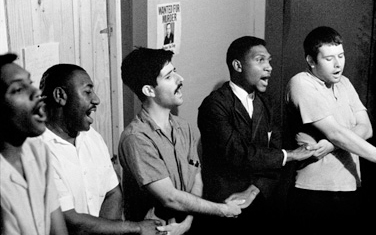
After eight hair-raising miles, the rights workers turned off the highway. The Klansmen followed, only to be confronted by a phalanx of armed Black men. The mob quickly retreated.
The chase was terrifying, but Hartford managed to find a bit of humor in it: “Now, I don’t want to sound opinionated, but my recommendation is that if you’re ever going to be chased by the KKK, do not pick a VW bug as your vehicle of choice.”
Now 78, Hartford is something of a link between the early days of the civil rights and student-led anti-war movements of the ‘60s and ‘70s and today’s fights for social justice. He describes himself as a “troublemaker.” His parents were Communists who were blacklisted during the McCarthy era. Hartford was beaten, arrested and threatened with death at least six times during three years of organizing in the deep South.
“Four of those times, we resisted non-violently, five if you count running away like hell. The sixth time we shot back,” he said.
Student activism
Moving to San Francisco, Hartford participated in the monthslong, sometimes-violent student strike at San Francisco State College, traveled to Japan where he helped Marines publish an anti-war newspaper during the Vietnam War, became a shop steward in a chemical plant, and during a period of disillusionment with left-wing politics built a successful career as a freelance technical writer.
Returning to activism, he was a co-founder of the National Writers Union and founded and helps maintain the Civil Rights Movement Archive, an organization to preserve and promote its history. He’s the author of four books, including a science fiction novel, and dozens of essays and pamphlets on the history of the civil rights movement and contemporary political issues.
Hartford lives in a book-lined loft on the edge of the Mission District. Among the photos and mementos on the walls and shelves is a Congressional Gold Medal, awarded by Congress to the Selma freedom marchers in 2016. He’s proud of that medal – “I take it as an honor,” he said – and his time spent fighting for civil rights.
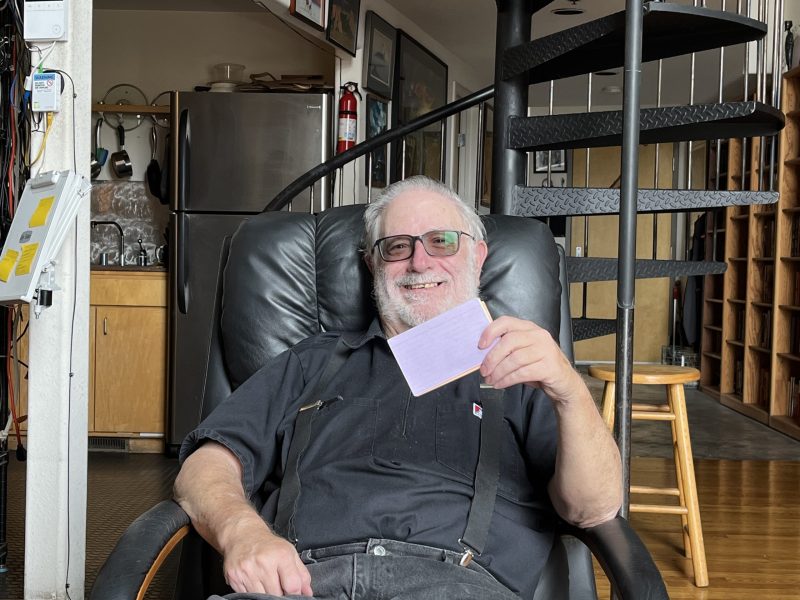
“The big things you do in your life, nobody ever does for one simple, clear reason,” Hartford said in a recent interview. “Maybe being Jewish, maybe having White guilt was part of it. But the main impetus, I think, was rage, rage against the Holocaust, rage against bullies, rage against the Nazis.”
Becoming a troublemaker
He grew up in Los Angeles in the 1950s, a time when parts of the city were heavily segregated. Hartford, whose radical parents had many Black friends, was angered by the injustice they and other encountered. He joined demonstrations held by the Congress of Racial Equality demanding an end to housing discrimination. There were more Nazi counter-demonstrators than civil rights picketers, he recalled, and the sight of uniformed brown shirts enraged him and deepened his commitment.
Hartford had been making trouble at home as well as on the streets. “The usual teenage stuff,” he said. When he was a senior in high school, Hartford’s father, who had lost his job due to membership in the Communist Party, got a job with Yale University in Connecticut. Hartford refused to move and his parents, probably tired of their difficult son, agreed to let him stay in California with family friends.
More activism followed. He joined a campaign by CORE to force the Bank of America to hire people of color. Hartford and his colleagues would pile into a bank branch and demand change for small bills – in pennies — slowing business to a crawl. The bank eventually agreed to integrate its workforce. But another campaign, this one against a sandwich chain that wouldn’t hire Blacks, failed. The owner closed the restaurant rather than desegregating his workforce.
Danger in the Deep South
Those early activities taught Hartford an important lesson, one that held during the far more dangerous campaigns in Alabama and Mississippi: The Black community appreciated the work of the young White people. “We had support in the Black community; without it, we couldn’t have succeeded,” he said. Indeed, that support could be life-saving, as it was during the Alabama car chase and other incidents.
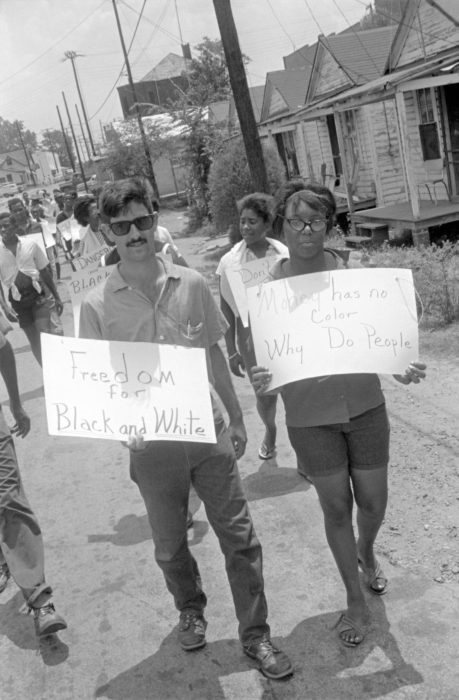
That’s not to say the successes of the movement were largely the result of White efforts. They weren’t. But there was a strong bond between the Black and White members of what was called The Movement, a bond that frayed as more radical members of the Black community became leaders.
By the early 1960s, Hartford was a staffer for the SCLC and assigned to work on campaigns in Alabama, where another frightening incident occurred:
“A White guy in civilian clothes gets out, flashes some tinplate kind of badge, calls me over. I go over. He starts screaming racist hate shit at me. Pulls out a revolver, a .38, puts it to my head and he says he’s going to blow my brains out.”
It was an incident that illustrated the dangers of civil rights work — and the extent that training in non-violence was a key to survival, Hartford said. “My training kicked in and I didn’t panic. I told him I was sorry he wanted to kill me and asked him his name.”
Quiet conversation de-escalated the confrontation and led his attacker to put the gun down. Hartford pulled an index card from his shirt pocket – carrying them is a habit he has yet to break — and jotted down the man’s license plate number, which likely served as a warning.
Two kinds of non-violence
Important as it was, the way the civil rights movement’s emphasis on non-violence is taught in American schools today and portrayed in the media is very distorted, maintains Hartford. “There were actually two different kinds of non-violence that the civil rights movement utilized: One was philosophical non-violence, non-violence as a way of life. Dr. King embodied that. The other was what we call tactical non-violence.”
For the vast majority of civil rights workers, Hartford said, non-violence was not a way of life but something they foreswore as the best way to encourage social change in America.
Hartford rarely carried a gun and only had to use it once. He was visiting a family in the rural South when someone opened fire on the house. He and the occupants fired back. “John Wayne, I was not,” said Hartford. “We were just shooting in their direction to scare him off. I was hoping not to hit anyone, not because I didn’t want to hurt him. But because if we did hit him, then the police and the arrests and so forth and so on.”
Looking back with humor
As he often does, Hartford looks back with humor on some of those incidents, such as an arrest recounted in his oral history interview: “The sheriff was a guy named Jim Clark,” he recalled. “One time he was hauling me off to jail and he called me a communist. ‘Communist?’ I asked. ‘What do you mean? What’s a communist?’
“He said, ‘A communist is a damn New York kike that wants our [n-word] to register!’ Well, except for the fact that I was from L.A., he had me dead to rights.” He did, however, become an anti-war activist for a time in New York, after leaving the South in 1967.
Reflecting on his time as an activist, Hartford said the civil rights movement won important victories, including the end of legal segregation and the establishment of voting rights. But even the landmark legislation that codified those victories were short of the mark in a number of areas, including the need to reform police, he said.
Following the student strike at SF State and his time in Asia, he worked in a chemical plant, where an industrial accident nearly cost him his eyesight. “While I was recovering, I thought why am I working in the chemical plant from hell to support my writing? Shouldn’t my writing be supporting me?”
Becoming a writer
Although Hartford eventually acceded to his parent’s entreaties to return to college, he never did graduate. But, it was early days in the micro-computer revolution and he taught himself how to use an Osborne computer and a popular word processing program. He talked his way into an interview with a software company, presented it with a “cheat sheet” about how to use WordStar and landed a gig as a freelance technical writer, an occupation he stayed with for about 30 years.
Now retired from technical writing, Hartford remains active in progressive politics. He’s on the steering committee of San Francisco Indivisible, where the focus, he said, “Is on resisting the Republican agenda and pushing our leaders for a more progressive agenda..
He’s encouraged by the size of today’s movements for social change, but somewhat disappointed that today’s activists have not embraced hard-won lessons from the Civil Rights movement about strategy, self-discipline and leadership.
Most of his energy is directed at the Civil Rights Movement Archive, which he founded in 1999. The spirit of that organization and its founders is well expressed in a statement of purpose on its website:
“We ain’t neutral. We make no pretense of academic neutrality. We were freedom fighters and freedom riders — and most of us remain so. This is our website where we speak for ourselves in our own voices.”


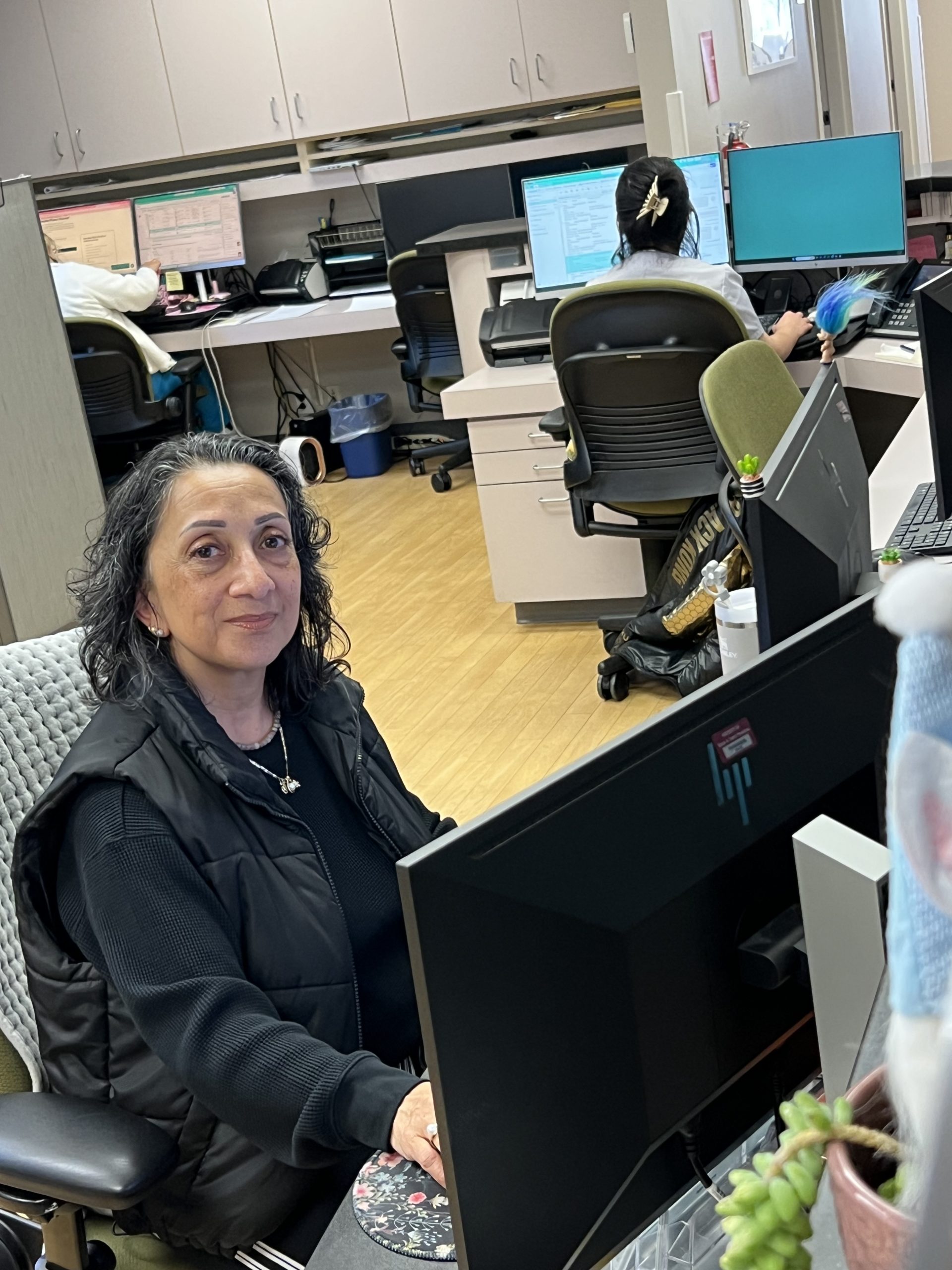
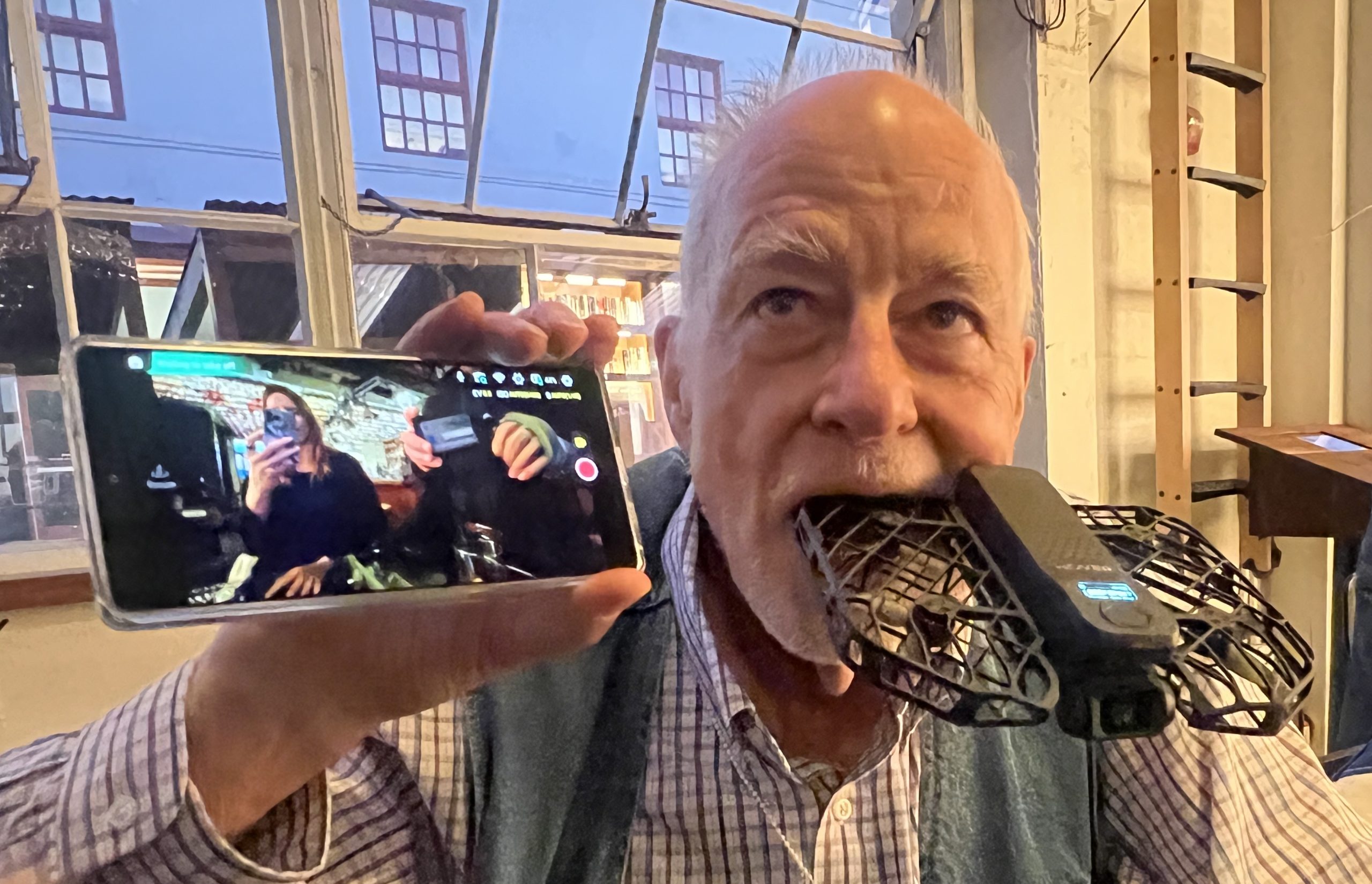
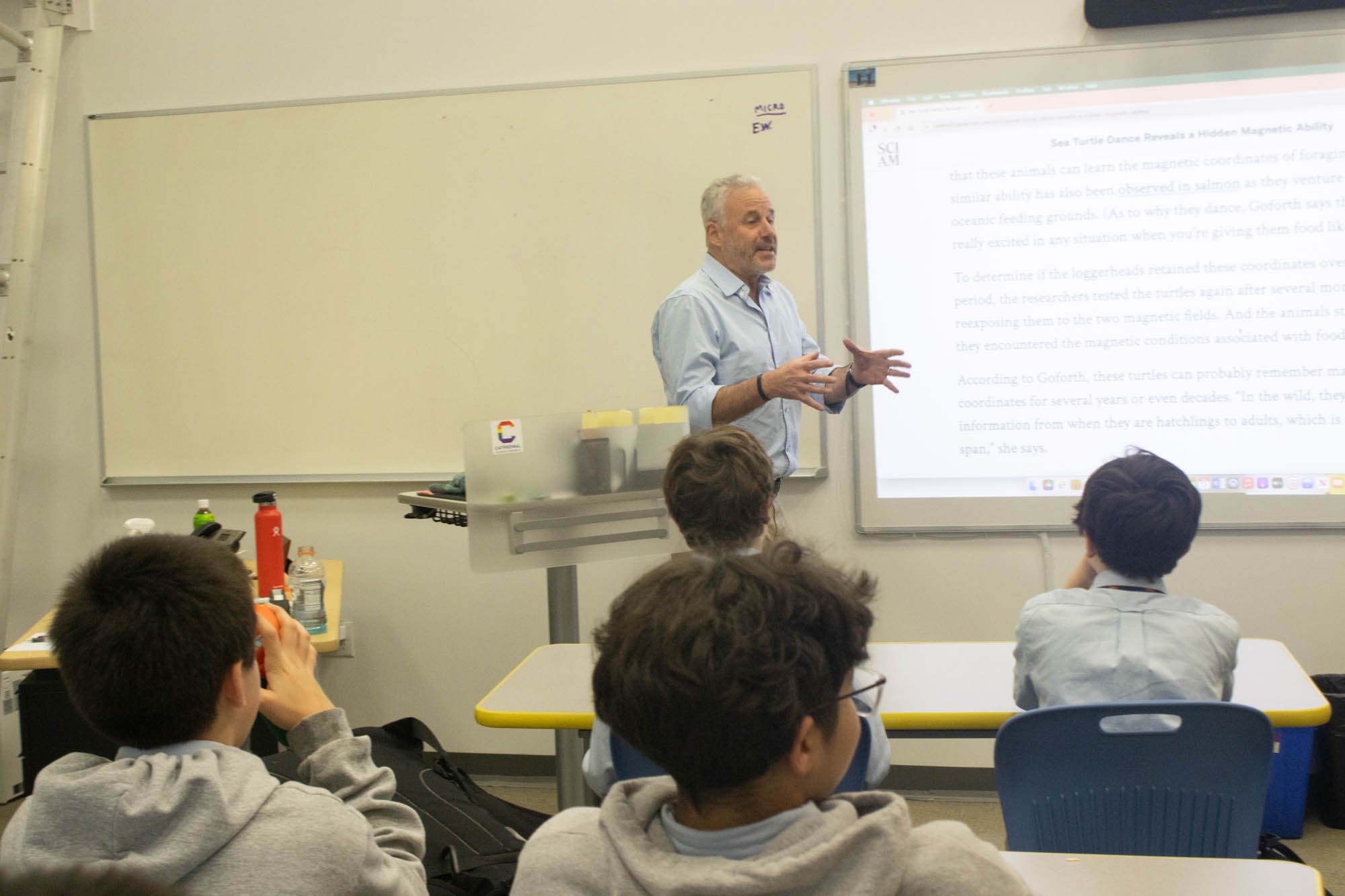

Dan Sarago
Just wondering: How did Bruce avoid the Draft during the Vietnam War?